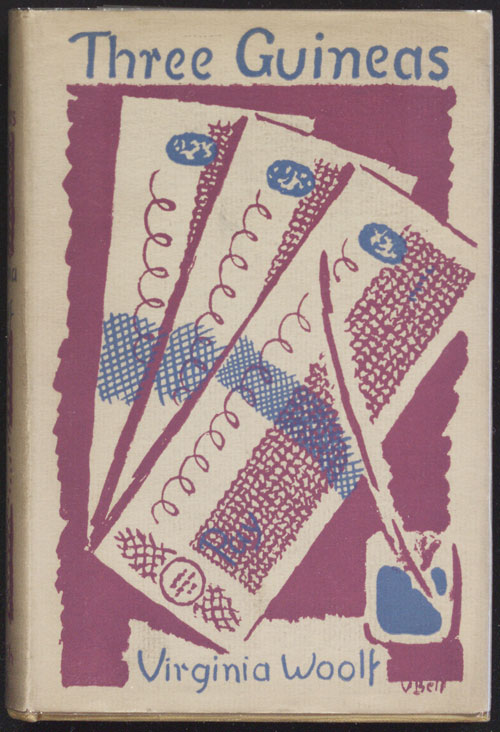
We will also examine how her chosen structure of both texts ( Three Guineas is written in the form of letters responding to the question “How are we to prevent war?”) affects how her message is conveyed.

We will discuss Woolf’s argument that equal access to education for men and women could be instrumental in the eradication of violence and war. Woolf’s implied criticisms of the social system are made explicit in the text written in parallel Three Guineas exposes the competitive, patriarchal education system as the root cause of its ultimate expression: war. The Years looks at the varying fortunes of women in the Pargiter family, from Rose’s militant action as a Suffragette to the limited choices available to middle-class women restricted to the domestic sphere. This course will examine what Woolf tells us about the changing lives of women in Britain from the 1880s (the decade in which she was born) to the 1930s, a decade which was to end with the declaration of World War 2. After a long and complex drafting process she eventually split this project into two separate texts a novel originally titled The Pargiters (later The Years) and an extended essay expressing her feminist approach to pacifism, Three Guineas. Her initial intention was to chart the changing realities of daily life for three generations of women in one family from the Victorian era to contemporary times alongside essays commenting upon the wider political and cultural implications of these changes.

Having taken her experimental Modernist prose to its furthest extent with the publication of The Waves in 1931, her next major project involved a move towards combining fiction with an analysis of social history.

Virginia Woolf’s well-known works of the 1920s Mrs Dalloway (1925), To the Lighthouse (1927), Orlando (1928) and A Room of One’s Own (1929), gave way to more politically-engaged writing in the following decade.


 0 kommentar(er)
0 kommentar(er)
